How to properly plant and grow oak
Despite the fact that growing oak is a long and troublesome process, many are ready to take on this venture. Primarily because oak has excellent external characteristics. It is appreciated for its dense, powerful crown, which in summer resembles a green tent, and in autumn it turns into such a luxurious red color that one involuntarily wants to grow it on the site in front of your house. This tree has many species, but the English oak is the most widespread in our country. The shape of its leaves cannot be confused with any others, and its characteristic acorns are familiar to everyone. This tree practically does not need care, which again attracts.
However, other species may have such decorative qualities that they will want to grow on their site. For example, chestnut oak is valued for its large beautiful leaves resembling chestnut leaves, and northern oak (red) - for its original color of foliage. Young shoots of this species have a red tint in spring, turn green by summer, and in autumn they acquire such an intense color that they quite naturally attract attention. This is red with brown notes, and various shades of brown. This species, by the way, is one of the most resistant to negative conditions, pests, etc., as a result of which it does not need care if it is initially planted correctly.
Advice
Different types of oak may require different conditions, so before planting it is necessary to clarify what is preferable for the species to be grown.
It is necessary to understand that the cultivation of a forest giant is a process, albeit simple, but rather lengthy. Like any tree, oak takes time to grow. It will take about two years to get a full-fledged seedling. Perhaps it makes sense to purchase annual seedlings (seedlings), plant them in a permanent place, and in a couple of years get a large, strong seedling. After that, the tree will grow mostly upward. On average, this process takes the first 80 years of a plant's life, then it spreads out in width. Considering that oaks can reach a thousand years of age, it has enough time to acquire impressive size. However, it will delight with its beauty, painting every autumn in rich red, from the first year.
Storing and planting an acorn
If you do not want to buy a seedling, but certainly grow a tree from an acorn, then you need to know that acorns, unlike the seeds of other trees, are not stored under normal conditions. Therefore, the oak should be planted in the fall, immediately after the acorns are harvested. It is better to plant several seeds, since there is a high probability that part of the seed can be destroyed by rodents. If it becomes necessary to postpone planting until spring, then the acorns will need special care.
First of all, in dry weather, it is necessary to select healthy acorns without signs of damage. Then dry them outdoors for a week. After that, you need to place them in a cool, well-ventilated room with an air temperature of about zero. If it is difficult to create such conditions, then acorns can be buried in the ground, having previously protected them from possible damage by rodents. In this case, it is necessary to dig a depression of about 20 cm and, placing acorns in the hole, cover it with a waterproof material, leaving an air cavity. Then cover with earth.
Even if the acorns were taken care of with all the requirements, they could die. Determining the quality of a seed without opening it is almost impossible. Seemingly whole and healthy acorns can be dead.Of course, if you open one of them, then you can find out. In a live acorn, between the yellow cotyledons, there is a yellow or red embryo with a yellow tinge, in a dead cotyledons, gray or black. Therefore, it is better to plant a large number of seeds at the same time in order to increase the likelihood of germination.
To do this, you need to choose a sufficiently bright place on the site. On a dug strip of earth, lay furrows so that about 20 cm remains between them. Plant the seeds at intervals of 10 cm.If sowing occurs in autumn, then acorns must be pressed into the furrows so that after sprinkling them with earth, about 7 cm of soil remains above them. In the spring, it is enough to deepen them by 3 cm, and then also sprinkle them with earth. From this moment until the emergence of seedlings, the care of crops will consist in controlling the moisture content of the soil, if in the absence of precipitation it dries up. We can assume that the planting of the oak is completed at this point.
After that, you need to be patient, because even if the seeds were properly stored and planted, it will take a month and a half to wait for the first shoots, and sometimes longer. This is because the germination of the acorn begins with the release of the root. Until he goes into the soil about ten centimeters, the shoot will not hatch. If too much time has passed, and you cannot see the escape, you should make sure that the acorns are dead before digging up the plot of land allotted for sowing oaks. To do this, you can selectively dig up several pieces and check if the root has hatched. If at least one is found, it makes sense to wait a little longer.
Seedling care
When small shoots appear above the surface of the earth, it will be necessary to provide them with proper care. Oak seedlings are not too whimsical, however, to get good large seedlings, you need to pay attention to some points.
- Any weeds must be removed to ensure the seedlings are free to grow. Oak seedlings are not too susceptible to overgrowing with weeds, but it is still necessary to monitor and respond in time to those that appear.
- Monitor soil moisture. Usually, the seedlings have enough natural precipitation, but during the dry period they should be watered, not allowing the soil to dry out.
- When signs of a fungal disease appear - powdery mildew - it is necessary to monitor the condition of the seedling. If the white bloom spreads over a large area, treat the seedlings with a 1% solution of copper sulfate.
If at least such minimal care is carried out for the seedlings, you can get sufficiently strong and large specimens that it will be permissible to transplant to a permanent place in a year. If, for some reason, the sprout turned out to be small, then it is advisable to leave it in the same area for another year and transplant it in the next.
Advice
Watering the seedlings must be stopped one and a half months before the massive autumn fall of leaves in this region, so that the plant is better prepared for wintering.
It should be remembered that the greatest risk when transplanting an oak seedling is its root. Considering that it reaches an impressive size and goes to a considerable depth, it is advisable to transplant in a year, until the root system has grown so much that transplantation without damaging the rhizome has become impossible. Having chosen the largest and strongest of the total number of seedlings, you need to dig them out, trying to preserve the root core as much as possible.
Then, in a place of constant growth, it is necessary to loosen the soil by removing the herbaceous cover, after which, using a shovel handle, by pressing, make a narrow deep hole in the ground, sufficient to accommodate the root. The root should be lowered into this depression so that the place where the acorn is attached remains at a depth of three centimeters below ground level. Then cover the hole with earth and compact it by pressing your hands, water thoroughly.
If all stages of planting and growing are completed correctly, a young oak tree will be able to decorate the site in front of the house in the very near future. This pet, having gained strength, does not require special care and attention. Of course, it will take a long time to grow to a mighty size, but at an earlier age it will delight you with its beauty, will become a highlight among other plantings. The oak will become especially noticeable with the onset of autumn, when among the greenish-yellow plantings it will stand, turning red.
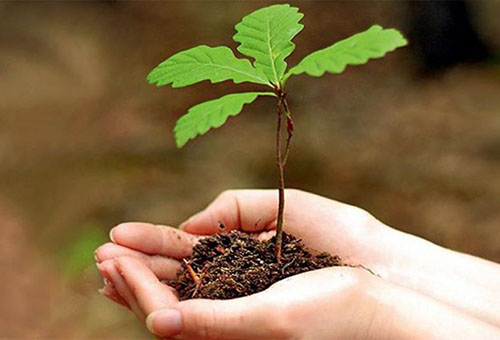
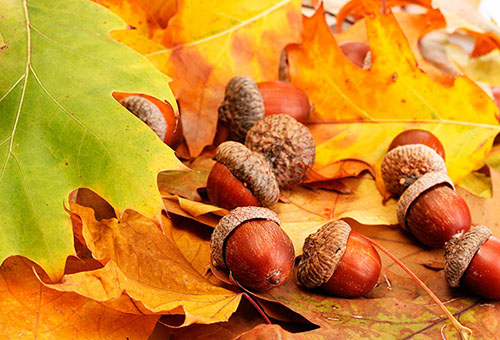

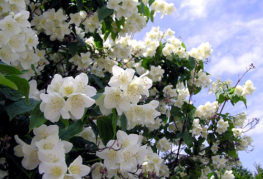
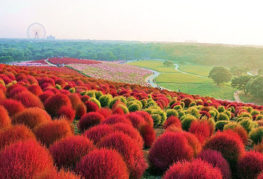
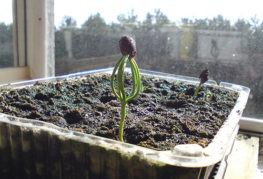
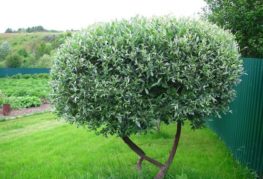

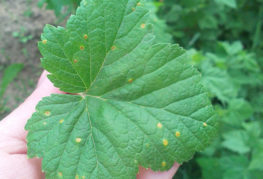
and will be published shortly.